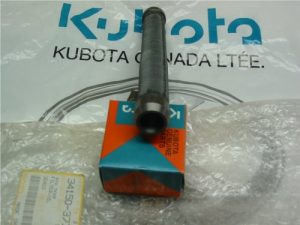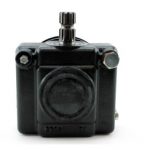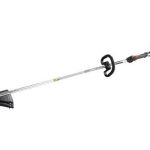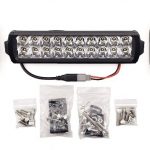Every part of a Kubota tractor or lawn mower is important. All parts need to work properly for your Kubota product to function properly.
One particular part you may be ignoring is the hydraulic filter suction screen. In a recent review of Orangetractortalks.com, a Kubota dealer’s Internet site where there are a number of articles on Kubota tractors and lawn mowers, I found an article on how to service the hydraulic filter suction screen for first-generation Kubota B and L series models. The models include L175, L185, L235, L245, B5100, B6100, B7100 and so one. These tractors were built in the 1970s and early 1980s when Kubota started featuring a canister style hydraulic filter system. This was done because people forgot to check them. Canister hydraulic filters are commonly found on all HST Kubota B series, all L-1 series including the L2050, L2250, L2550, L2650 and even some newer models of the BX series.
The purpose of the hydraulic filter suction screen is to strain out debris and clean the hydraulic oil. The hydraulic suction filter screen consists of a stainless steel screen through which oil passes every minute when the tractor is in operation.
The hydraulic pump of these Kubota tractors offers an output of between 5 and 6 gallons per minute. If you run your tractor for one hour, then more than 360 gallons of oil is flowing through the filter. When it becomes time to clean or replace the filter is would have strained more than 100,000 gallons of hydraulic oil.
The filter performs a very good job capturing debris and as a result, it tends to clog up. Kubota suggests that you examine and service it every 300 hours.
Actually servicing the filter is not a difficult task. However, many owners simply forget to do it or don’t know where to look for it.
If the hydraulic system of your Kubota tractor that is designated as the models mentioned above, then there is a good chance that a blocked suction filter is the culprit. There are a number of so-called symptoms to watch out for to determine if the hydraulic circuit is restricted. They include:
• Slow Hydraulics
• Shaking on 3-point when lifting
• The loaders jerk when rising
• The transmission oil overheats.
• 3-point works at first, but power slowly fades out.
You can find the filter on the left side of the tractor’s transmission, which is below the footrest. There you will see the cap that covers the filter. The cap looks like a bump or a teardrop depending on the specific model. Remove the two bolts that secure the cap to get to the end of the suction filter. The end of the filter looks like it has a small stub sticking out. The stub is about 1/4-inch long and is the diameter of a pencil. If your tractor is a B Series Kubota tractor, then a large nut that is holding the suction line against the transmission secures the hydraulic filter screen.

Check on the left hand side of the transmission just behind the foot rest for a cap covering the filter.

Owners of B series models will have to remove this bolt holding the suction line against the transmission.

Locate the suction line into the hydraulic pump on the right hand side – the hydraulic screen will be opposite this location on the left-hand side of the transmission.
Before removing the hydraulic filter suction screen, drain the oil from the tractor.
If your tractor is a B series, then remove the bolt.
Otherwise, to remove the filter, grab the stub-end with a pair of pliers and slowly withdraw the filter from the housing. Be careful as you remove it because it is essentially a tube of fine screen that can be easily damaged.
Once you have the screen in hand, wash it out with diesel fuel or varsol. After it has been cleaned, examine its mesh for any holes, rust, or tears. Compare your filter screen to the photo of the screen on this page. If your filter looks out of shape, then replace it. If it looks okay, keep it.
Once the part has been cleaned and examined, reinstall it and refill the transmission with fresh new oil. If you are wondering what type of hydraulic oil to use, watch our YouTube video on types of hydraulic oil to use.
(Source: Orangetractortalks.com)










